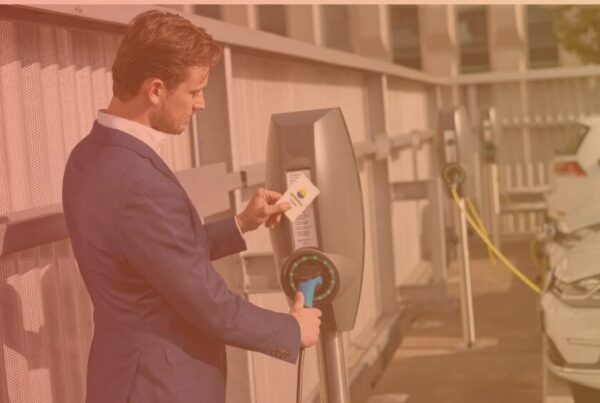Testing your app can make the difference between a strong launch and establishing a good reputation or having your unlucky first customers unwittingly become your testers, and being expectedly unhappy about it. While it can seem like an exhaustive, time consuming process that just delays bringing in profits, a solid and well organized testing process won’t take excessively long and can very positively affect an apps reception, and profits, in the marketplace.
Testing should be done in two stages. The first is alpha testing, which happens during the development process. This rarely makes use of outside testers and is primarily done by the developer, with input from the business team. Alpha testing ensures the basic functionality of the app works during regular use. The second stage, beta testing, takes place after the initial development. Beta testing can be split into several stages, with versions of the app released at the start of each stage, feedback collected, and several updates done before starting a new stage. It can also be done as one continuous process, with updates rolling out as they are completed in response to feedback. The right way to run the beta test will depend on what the business and development teams prefer.
Beta testing is really where the business side becomes heavily involved in the testing process. The first, and most important, task is to find testers that fit the target user group and will be active and give useful feedback throughout the testing process.There are several sites and services that can help with finding these testers and some testers can come from family and friends, if they fit your tester criteria. While it depends on the type of testing you are doing, generally a beta test should involve a few hundred testers for good results.
During testing, it will be the business teams’ job to keep testers motivated to give good feedback. This can be done through individualized responses to input, giveaways, group discussions, and offering free access to premium services among other things. The business team will also need to be process all the feedback submitted and decide on any changes needed to address common feedback. Your developer will need to distribute and monitor the versions being tested as well as create the updates decided on.
Beta testing should be the time to see how the app holds up to active use, identify and fix problems, and prove it can be received well by users. Unless the app is very complicated or rarely used, a beta test should only last a few months. Don’t rush through the process, but as long as updates can be implemented quickly and people are set up to handle testers and feedback, it also shouldn’t drag on excessively. After the testing period ends, maintain a connection with some of the best testers. These will be valuable down the line, either for testing other apps or getting feedback on updates that are implemented later on.
When it finishes testing, the app should be ready to enter the marketplace, and the business team should have a good idea of what kind of reaction to expect from customers. Testing should also give a more solid idea of how to market the app to users by finding out what testers love about the app and why they like to use it. The results of a beta test, can also be a good sign of progress to any investors you are working with, and provide better information for profit projections. Overall, good testing is vital for an app to do well in the crowded app marketplace and gives valuable feedback to the business moving forward.
Further Reading:
- https://www.apptentive.com/blog/2018/01/03/10-steps-for-beta-testing-your-mobile-app/
- https://techbeacon.com/speed-mobile-app-beta-tests
- https://blog.instabug.com/2015/07/the-beginners-guide-for-beta-testing-your-app/



